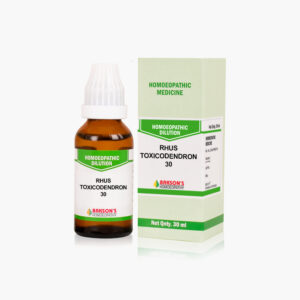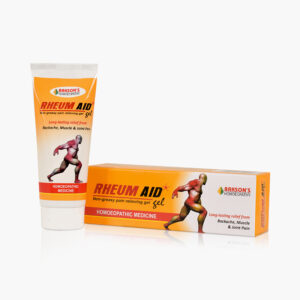What is Elbow Sprain?
Elbow sprain is an injury to the soft tissues of the elbow caused due to stretching or tearing (partial or full) of the ligaments which support the elbow joint. Pulled or torn ligaments can be extremely painful and limit the ability to move the elbow.
Causes
The various causes of an elbow sprain are:
- Involuntary twisting of the arm during sports.
- Traumatic injury to the elbow due to accidents or a fall.
- Overstretching of the elbow during exercise.
- Lack of warming up and stretching prior to performing exercises or sports activities.
- Medical history of previous elbow sprains.
Signs and Symptoms
The common symptoms of elbow sprain include:
- Difficulty bending and straightening your elbow
- Elbow pain
- Inflammation, redness, and bruising
- Popping sound when moving your elbow
Elbow sprains are graded depending upon the severity of the symptoms as grade I (mild), grade II (moderate) and grade III (severe). Severe elbow sprains of grade III can lead to elbow dislocation or joint instability.
Diagnosis
Detailed history and a thorough physical examination is done and an X-ray of the elbow may be necessary to rule out any fractures or other disease conditions.
Management
The management of an elbow sprain is done by following the RICE method:
- Rest : Avoid using the affected elbow for a few weeks. Restrict all activities that cause overuse of the elbow.
- Ice packs : Apply ice bags wrapped in a towel over the sprained elbow for 15-20 minutes at a time to help alleviate any possible pain and swelling.
- Compression : An elastic compression bandage is used to wrap and support the elbow to reduce swelling.
- Elevation : Keep the sprained elbow elevated as much as possible.
Various modalities of physical therapy such as massage, ultrasound, and muscle stimulation may also be performed to improve muscle strength.
Preventive measures include:
- Exercise regularly to improve muscle strength
- Eat a healthy diet
- Use well-checked equipment for any sport activities
- Always warm-up and stretch muscles prior to performing exercises or sports activities.
Disclaimer: The information provided herein on request, is not to be taken as a replacement for medical advice or diagnosis or treatment of any medical condition. DO NOT SELF MEDICATE. PLEASE CONSULT YOUR PHYSICIAN FOR PROPER DIAGNOSIS AND PRESCRIPTION.



 Login
Login










